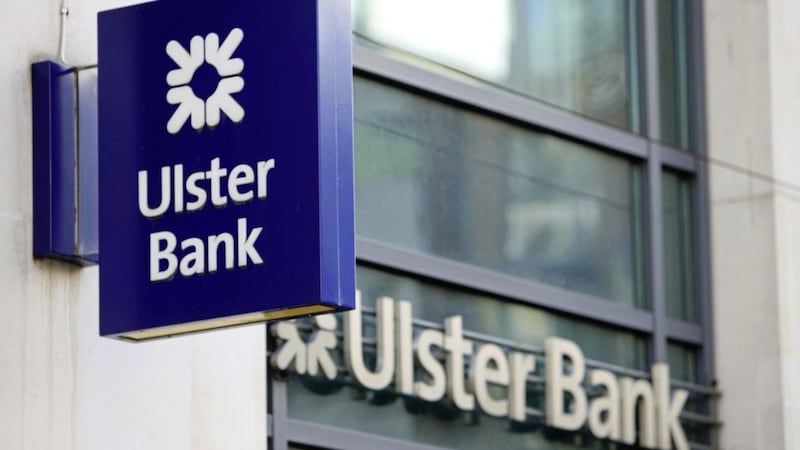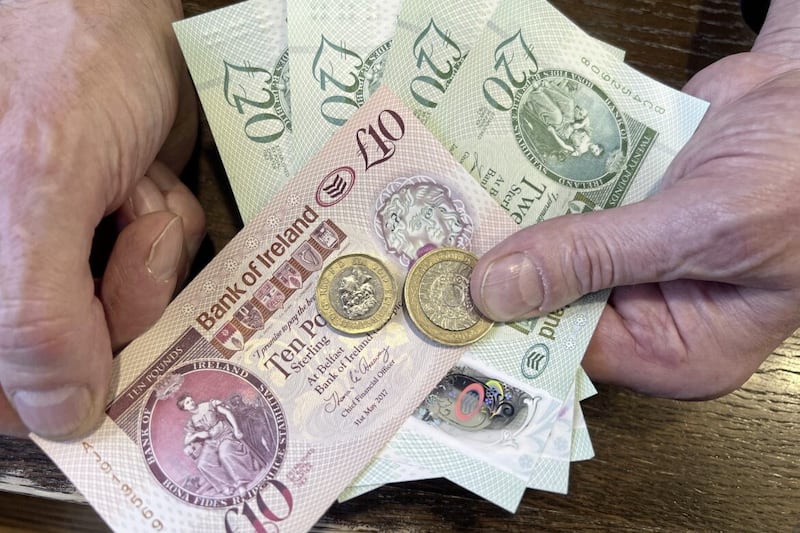THE north has reported the highest annual growth in spending power of all UK regions, according to a new survey.
The latest data from Asda’s Income Tracker, has revealed that Northern Ireland recorded an increase of 7.4 per cent in annual family spending power in the first three months of 2019, compared to the same period last year.
However, the £114 per week of discretionary income - the money left to spend after tax and essential bills, is almost half the UK average (£213) and the lowest out of all regions.
The north's family spending power is now £27 less than its nearest regional rival, the north east of England.
While the majority of the UK saw a boost to income growth for households because of low unemployment, Northern Ireland was one of only four regions which saw the rate of income growth decelerate in comparison to last year, from 3.9 per cent in 2018 to 3.2 per cent in the lfirst three months on the year.
Households in the UK as a whole, reported a spending power increase of 6 per cent compared to March 2018, in-line with growth rates recorded in previous months – equating to a rise of £12 per week year-on-year.
Kay Neufeld, managing economist at CEBR said the latest figures, while positive, show Northern Ireland is still lagging behind the rest of the UK.
“The latest Asda Income Tracker report shows Northern Ireland is enjoying a ‘catch-up moment’ as it continues to narrow the gap in family spending power between itself and the rest of the UK – including a decrease of 20 per cent in the difference in discretionary income between it and the region it sits closest to in the regional league table over the past two years," he said
“While growth in the Northern Ireland economy continues to lag behind the UK as a whole, these results show households have benefitted from low rates of inflation and ample employment opportunities over the past couple of quarters, with the latest growth of 7.4 per cent in the year to Q1 2019 just below the 7.5 per cent increase like-for-like in Q4 2018.”








